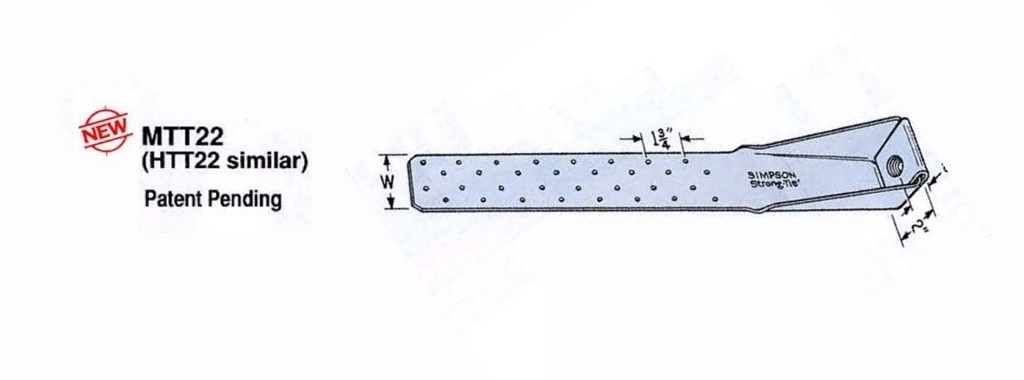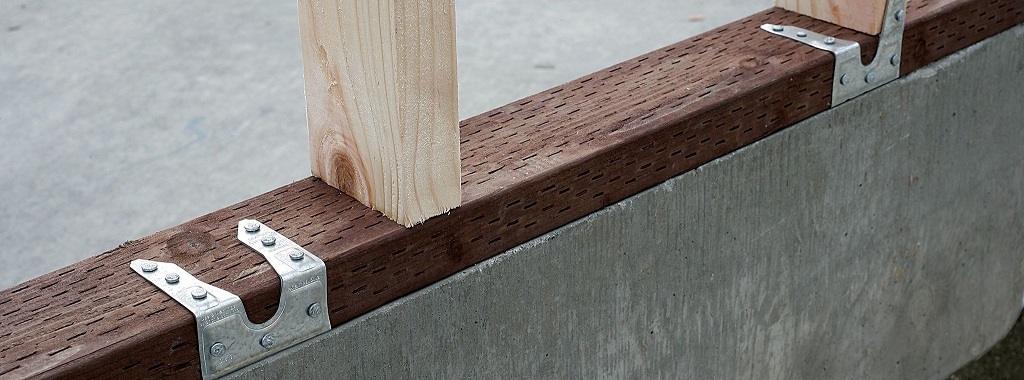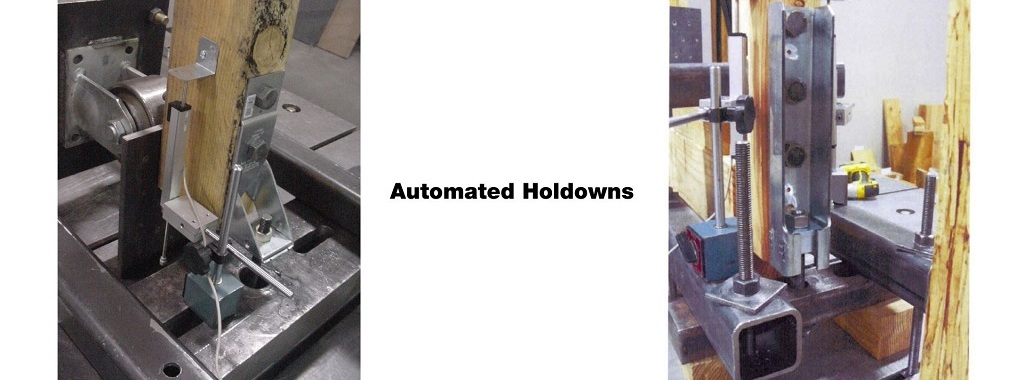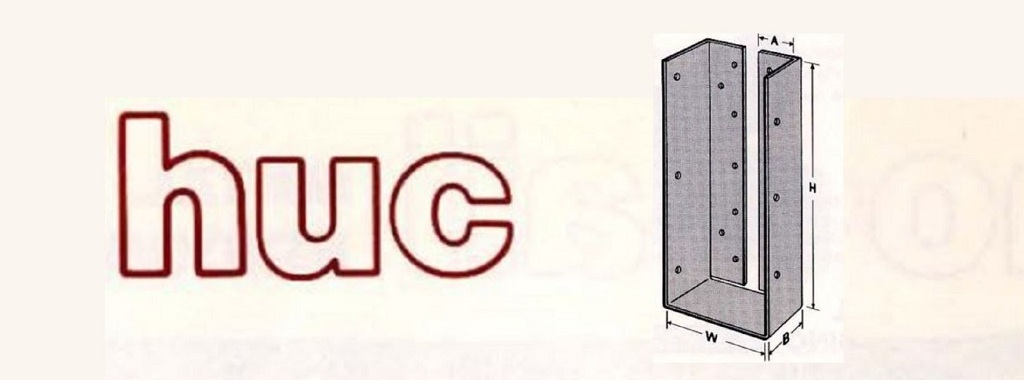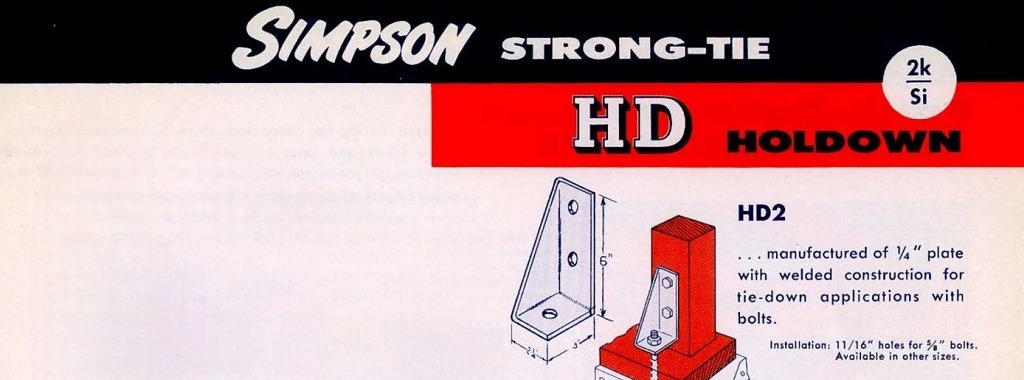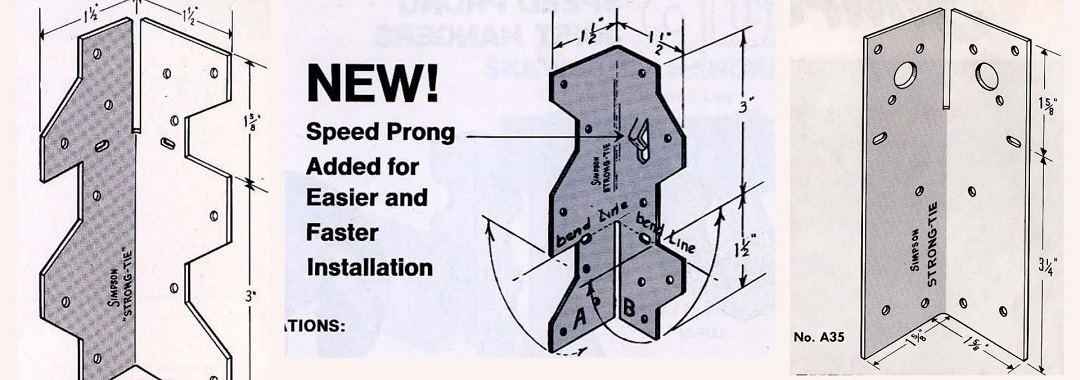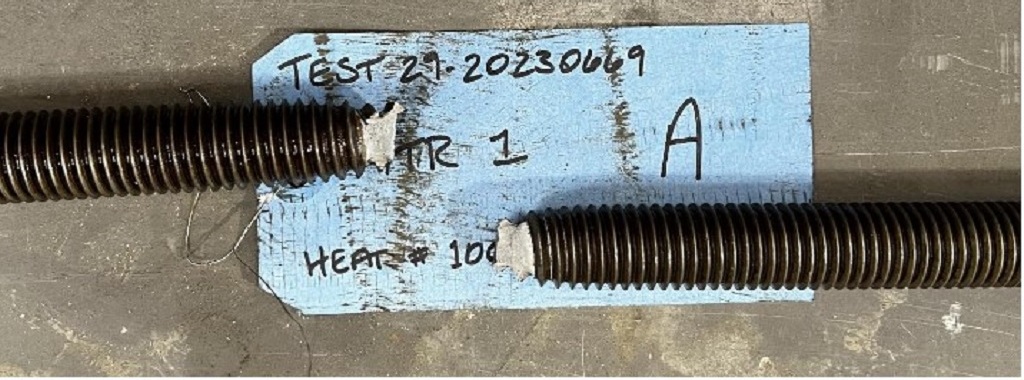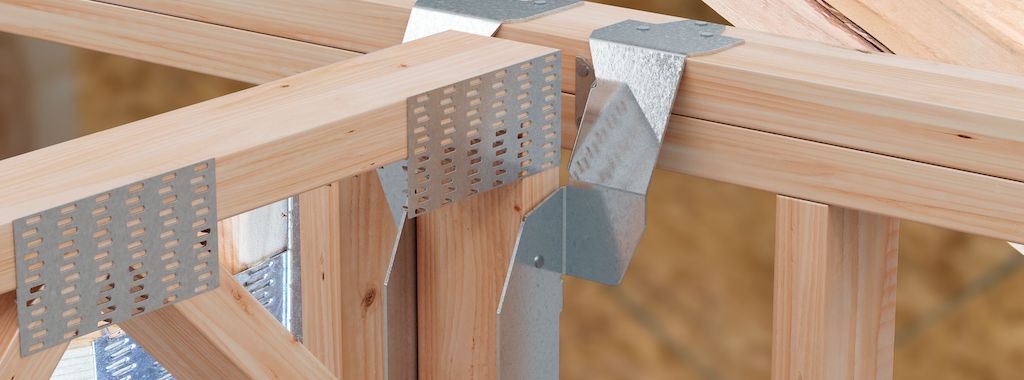We’ve discussed two types of bolted holdowns — the original welded HDs and their automated replacements, the HDAs. Just one year before the HDAs were introduced in 1988, our first nailed tension ties showed up.
Category: Residential Construction
Sixth Day of Trivia — Mudsill Anchors
Mudsills commonly attach to the foundation using cast-in-place anchor bolts. It can be labor intensive to lay out the anchor bolts, drill holes in the mudsill at the right location, and then bolt everything together. A very popular solution for anchoring mudsills is our MASA mudsill, launched in 2009.
Fifth Day of Trivia — Automated Holdowns
On day three, I talked about our first holdowns, the HD2 thru HD15, which were welded holdowns that use bolts. A major innovation in bolted-holdown manufacturing was the introduction of our HD2A through HD20A holdowns in 1988. The “A” stood for automated because these products were manufactured on a die that stamps out finished parts, eliminating welding and significantly decreasing costs.
Fourth Day of Trivia — HU Hangers
We manufactured the original U hangers with 16-gauge galvanized steel. In 1959, we created the heavy-duty HU hangers from 1/8″-thick steel angles and a gray primer coat. The HU hangers were available with and without top flanges.
Third Day of Trivia — Holdowns
Holdowns first appeared in the 1966 connector catalog — all two of them. The HD24 was an embedded strap that used either nails or bolts, and the HD2 used bolts to the post and an anchor bolt to the concrete. This first sighting of holdowns was missing a list of allowable loads.
The Twelve Days of Christmas — A Sleigh Ride Through the Years with Simpson Strong-Tie
We have our new Simpson Strong-Tie Wood Construction Connectors catalog coming out in January. In anticipation of this, I wanted to do a series of short, daily posts discussing the history of Simpson Strong-Tie products, catalogs, and random trivia through the years. In the winter holiday spirit, we’ll do this in “Twelve Days of Christmas” style.
Rod Elongation: Use of Gross Area vs. Effective/Net Tensile Area
Within the world of multifamily construction, manufacturers design and detail the multistory continuous threaded rod holdowns used as shearwall overturning restraints. The Strong-Rod® anchor tiedown system (ATS) is Simpson Strong-Tie’s solution for the industry and has been the subject of many SE Blog topics in the past.
Solving the Puzzles Presented by “As Built” Conditions
As civil and structural engineers, we know all too well that what is on the plans doesn’t always translate exactly as intended in the field. Part of what keeps our jobs interesting is having to solve problems that arise with “as built” conditions that are not always easy to change. It can feel like a complex puzzle trying to figure out what is possible when considering all aspects, including demand loads, load transfer, construction sequence, and also cost.
Common Engineering Technical Inquiries – Part II: Wood Construction Connectors
This is the second part of a three-part series covering common questions we receive in our engineering department. Part 1 consisted of frequently asked questions related to our anchor products (view Part 1 here). These are questions that come directly into our call center, questions submitted through the website, submitted through our engineering email queues, or through our sales team.
Why Fire-Rated Hangers Are Required in Type III Wood-Frame Buildings
One of the first mixed-use designs I worked on as a consulting structural engineer was a four-story wood-frame building over two levels of parking. Designing the main lateral-force-resisting system with plywood shearwalls was a challenge for this project that required new details to meet the high design loads. The high overturning forces were resisted using the Simpson Strong-Tie® Strong-Rod™ anchor tiedown system, which incorporates high-strength rods, bearing plates and shrinkage compensation devices.

